

Unclaimed: Are are working at Unbounce ?
Unbounce Reviews & Product Details
Unbounce is a flexible and powerful landing page builder for all screen sizes. It offers two solution categories. While it offers code-free drag-and-drop functionality for solopreneurs and lean teams with limited development resources, it also allows for custom JavaScript and CSS programming for more experienced users. Unbounce offers two major product categories – Classic Unbounce and Conversion Intelligence Platform. Classic Unbounce allows marketers to design pages in minutes with its 300+ built-in templates and integration with theme stores, plus an array of marketing-focused capabilities such as offer targeting, A/B testing, and content gating just to name a few. The newer Conversion Intelligence Platform leverages AI and machine learning that empowers businesses to create high-converting marketing campaigns. It offers industry-specific, goal-based, and data-driven page templates, content delivery based on traffic sources and visitor attributes, and AI-assisted copywriting capability.


| Capabilities |
|
|---|---|
| Segment |
|
| Deployment | Cloud / SaaS / Web-Based |
| Support | 24/7 (Live rep), Chat, Email/Help Desk, FAQs/Forum, Knowledge Base, Phone Support |
| Training | Documentation |
| Languages | English |
Unbounce Pros and Cons
- Extensive guides and resources
- Excellent natural copy generation, with minimal editing required.
- Multiple template options for product descriptions, ad copy, landing pages, Facebook ads, and more
- Chrome extension to automatically create content on social channels.
- Excellent A/B testing functionality
- Not ideal for creating long-form copy, due to limited output options.
- No options to help you organize your content.
- It needs better analytics tracking
- Price is uninviting unless you’re making money
- Responsiveness and mobile optimization could be improved
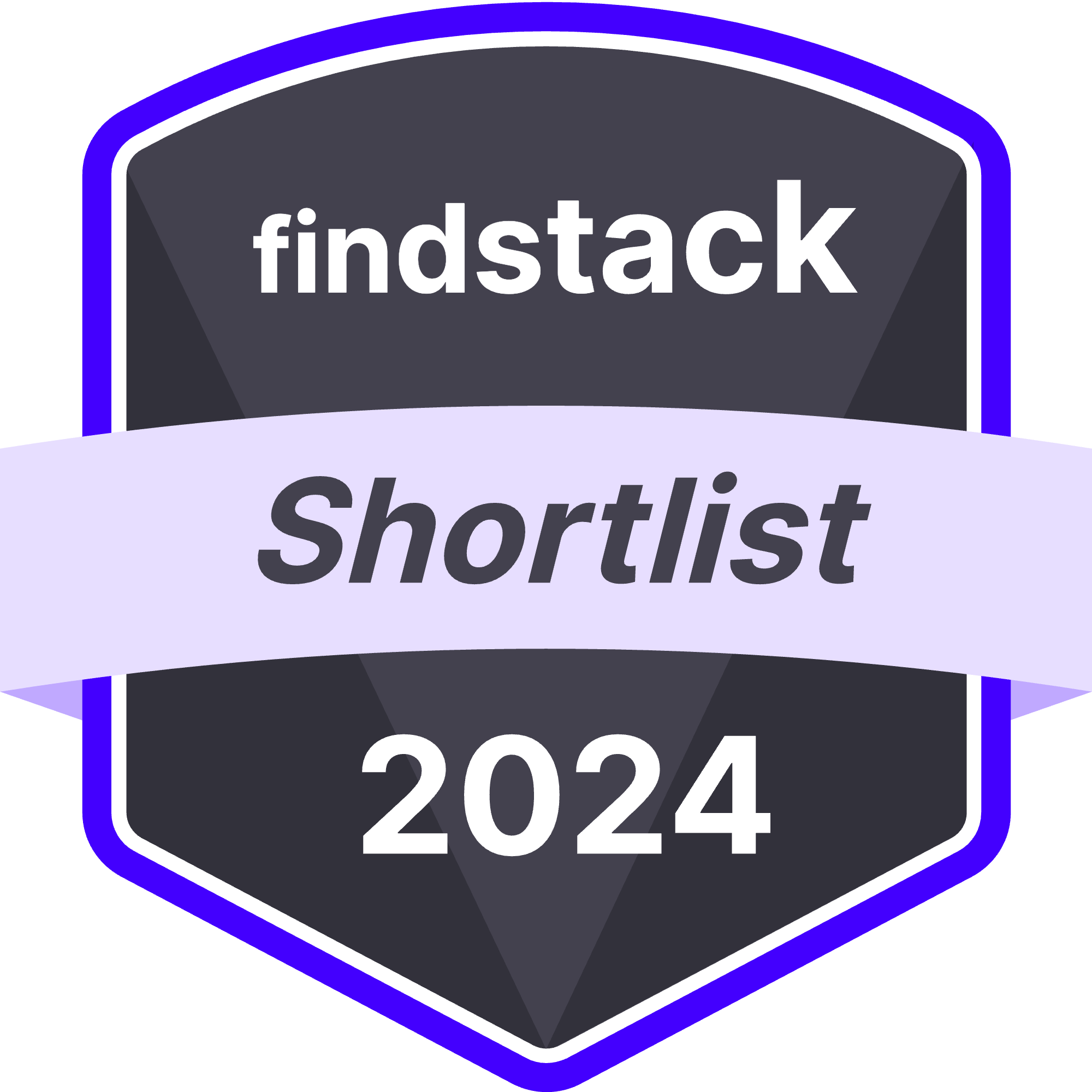


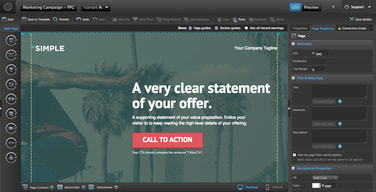
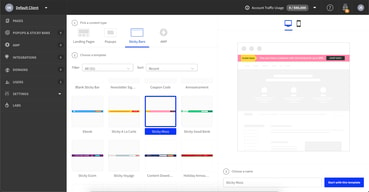
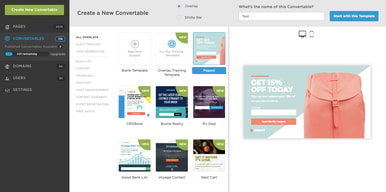
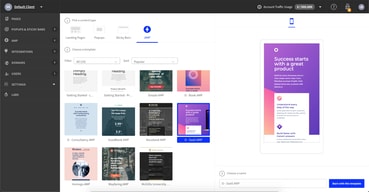
Compare Unbounce with other popular tools in the same category.

The best features Unbounce has to offer are easy to list. Site speed/page load time is an often-overlooked advantage of using Unbounce vs a client's website, but it can often be a huge quality score driver. Additionally, the ability to integrate the form with many platforms like Marketo and HubSpot helps reduce the need to place third-party forms within the LP.
Some elements of the page can be tricky to edit mainly due to responsiveness features. It isn't too hard to come up with workarounds if you are familiar with source code.
In search campaigns, specifically google and bing, you'll find quality score to be a huge factor in how your ads rank. By improving the overall page quality as well as load times, landing page experience scores jump considerably. Having the ability to edit LPs without needing to go through the client is also a huge time saver for us.
Unbounce solves multiple problems in performance marketing: a) A/B testing b) gaining independence from IT support, therefore massively increasing speed of execution c) dynamic text and image replacement increases conversion rates without having to take care of dozens of landing pages d) easy integration with CRMs or any other tools using Integromat/make or Zapier
There are just a couple of features that would make the product even better. In particular, global sections that can be re-used on multiple landing pages but can be updated centrally. Useful especially for footers or legal sections.
We are a digital marketing agency and run PPC campaigns for our clients. Conversion rate optimisation therefore lies at the heart of our business. We achieved tangible improvements in CPLs and could scale campaigns larger than ever before.
The design tools are intuitive enough fo
r someone, like me, who appreciates good design, but isn't trained in graphic design. The templates work well. The support is helpful. And if you want to go deep and do something fancy, you can do that too!
The problem I had was that I needed to go through IS to get web pages updated. And even then I had to trust that they understood my needs. Unbounce lets me get my hands on the page to make changes on the fly and I don't need anyone else's help. But, since the features that let me go deep on a couple of fancy things are so similar to the Adobe suite, then I can easily ask a designer for assistance and they don't need any experience on the platform to be helpful.
The landing pages are easy to use and amend and keep up to date.
Nothing is missing and there is nothing I dislike
I love the conversion statistics to help identify which adverts are working best
Easy to use and you can get started in minutes, not hrs I can integrate it with all my tools and apps And the BEST support team bar none! Love the Unbounce team!
Nothing. It does the job and it does it very well! Perhaps in future versions, look for ways to minimize Javascript to catch incoming traffic with ad blockers or special browsers
Tracking leads, increase conversions, launching campaigns easily, get clients' marketing up and running with no sweat!
I like that it's easy to create landing pages and I have control over things like font, colours, images and text. I also like being able to view the mobile version at the same time as desktop and to optimize my pages for conversions.
I dislike that I cannot make changes in mobile exclusively from the desktop version, only some changes are allowed.
Unbounce has allowed my team to solve outdated landing pages that were not mobile optimized and functional.
Not only is it easy to create a landing page, but it's very easy to A/B test different versions.
Not a lot to dislike about unbounce. It works great for us.
It's really beneficial to set up different landing pages by ad campaign and comparing the visitor/click metrics
The first time I used it, I was able to figure out how to create a landing page and get it all set up quickly and neatly. I loved the drag and drop feature, too.
I can't think of anything. Once I messed around with it, I picked it up quickly.
This allowed me to build a landing page quickly and integrate it with my site in no time.
The user interface is the best feature of Unbounce
There is nothing that I would say is a negative experience
Unbounce allows us to quickly realise opportunities
How simple & easy to use everything is to use
If you are not familiar with these services the tutorials could be better
Lead generation



